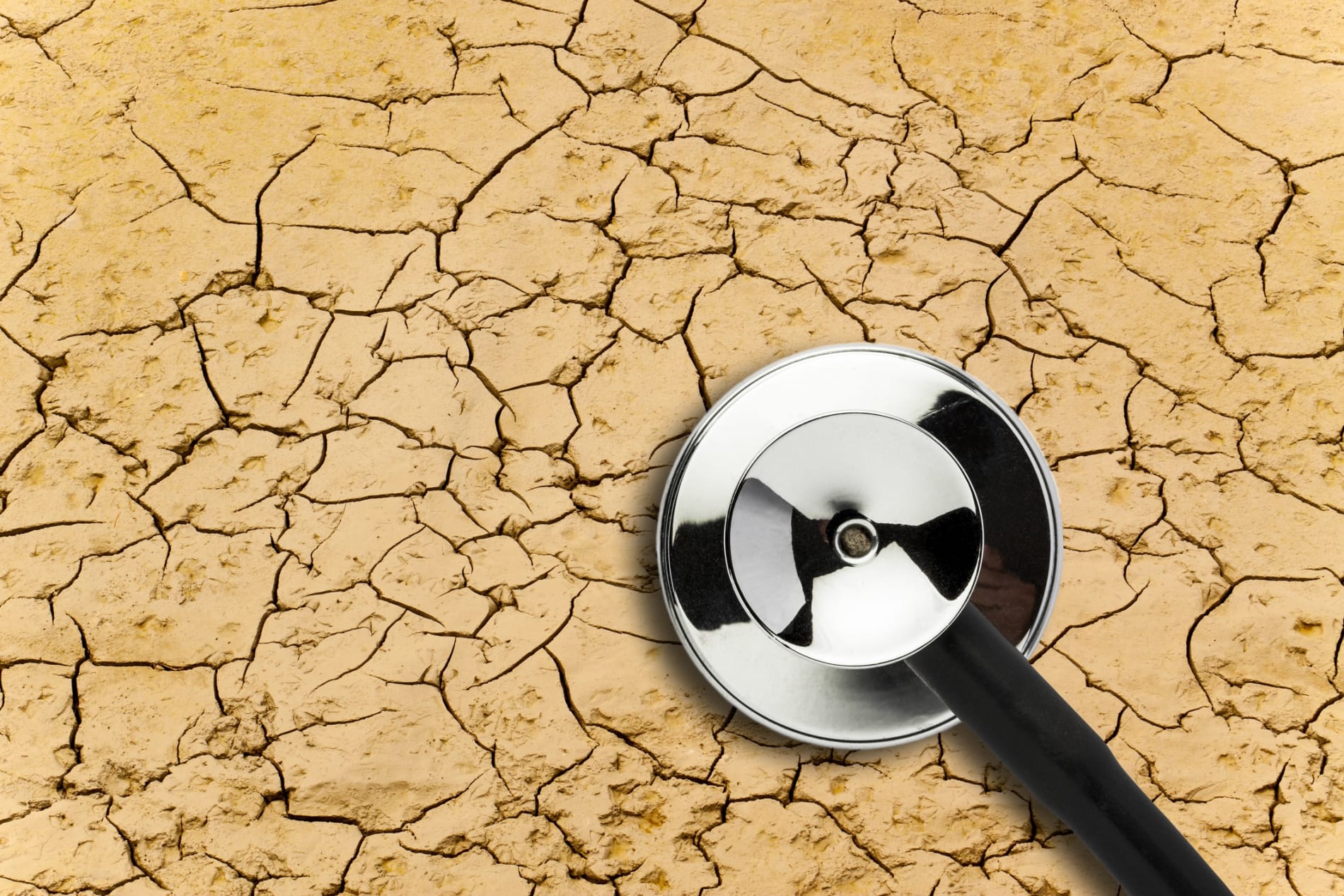COP28: Why going beyond net zero is necessary to protect public health
The 28th United Nations Climate Change Conference of the Parties – COP28 – starts in late November in Dubai. With the World Health Organisation (WHO), it will host the first Health Day and climate health ministerial, aiming to encourage commitments towards climate-resilient and sustainable low-carbon health systems.
This health program has outlined five crucial focus areas:
-
Health impacts of climate change
-
Health benefits of climate mitigation
-
Climate-resilient low-carbon health systems
-
Adaptation for health
-
Action for health, relief, recovery and peace
These topics are all important, and the dedication to building climate-resilient and sustainable low-carbon health systems is undeniably vital.
However, it’s imperative to recognise that advocating urgently for further measures to safeguard the health of all living beings from the far-reaching consequences of climate change is now the priority.
As of September this year, we’re not making adequate progress to meet the targets established in the Paris Agreement. To have a more than 50% chance of limiting temperature rise to 1.5°C, and a greater than 67% chance of capping it at 2°C, global emissions must reach their peak by 2025 .
Even with immediate and ambitious efforts to curtail greenhouse gas (GHG) emissions, achieving net zero emissions is a protracted process.
During this transitional period, our planet will continue to experience the lingering effects of past emissions, potentially exacerbating climate-related health hazards such as heatwaves, extreme weather events, and air pollution.
In discussions about decarbonisation within healthcare systems, it’s essential to remember that some of the repercussions of climate change are already inevitable.
The gases already released into the atmosphere will persist in affecting the climate, giving rise to unforeseen changes .
Further, a time lag exists between emission reductions and a corresponding decline in global temperatures and subsequent health impacts. Therefore, health risks linked to climate change will persist and possibly worsen even after the achievement of net zero emissions.
Certain damage caused by climate change is irreversible – loss of biodiversity, species extinction, and lasting alterations in ecosystems, all of which lead to health risks associated with climate change.
These risks encompass challenges regarding food security, water scarcity, and the loss of safe shelter due to rising global temperatures, sea-level rise, ongoing droughts, and diminishing productive land.
About 3.3 to 3.6 billion people are highly vulnerable to climate change. Achieving net zero emissions doesn’t automatically address the contexts that lead to existing vulnerabilities of communities with limited resources and adaptive capacity.
This underscores the necessity of comprehensive public health strategies and interventions that consider community adaptation to both current and future climate changes.
While net zero targets primarily focus on reducing carbon dioxide (CO2) emissions, other potent greenhouse gases and pollutants, such as methane and black carbon (soot), remain in the atmosphere. These substances contribute significantly to climate change and its associated health risks.
Air pollution is linked to several respiratory and cardiovascular issues, and will continue to pose health threats.
We can’t predict the exact trajectory of the climate. But existing public health measures can be scaled up and immediately employed to make substantial contributions to shielding health from the impacts.
For example, advocating for healthy dietary habits and physical activity can reduce the risk of chronic diseases exacerbated by climate change, including heart disease, respiratory conditions, stroke, and diabetes.
Addressing social determinants of health such as poverty, inequality, and racism can also diminish vulnerability to climate-related health risks.
Environmental determinants of health must not be overlooked, and collaborations with emergency services are crucial to bolster healthcare systems for managing natural disasters while providing healthcare.
A greater commitment is needed to construct healthcare facilities that are climate-resilient and equipped with infrastructure that can withstand natural disasters to support digital technology for efficient healthcare delivery where appropriate.
The equation should also include immediate public health campaigns through traditional and social media designed to connect communities with health promotion strategies aimed at helping them to self-manage health risks.
Communities in rural, regional and remote areas, already subject to climate extremes, and which often have limited or no access to healthcare services due to a scarcity of healthcare professionals, should be actively engaged and empowered.
While COP28 presents a substantial platform for integrating the consideration of health risks associated with climate change into climate negotiations, it can go beyond the scope of net zero.
It has the potential to promote investments in both mitigation and adaptation measures that protect health from climate impacts, fortify public health systems to respond effectively to climate-related risks, and raise awareness among the public and policymakers regarding health risks linked to climate change.
However, this is a very slow process, and time is precious.
As we wait for global leaders to convene and chart the future course for the world’s population of eight billion, we also have a pivotal role to play.
We can take proactive steps to protect health from climate change through multifaceted and sustained efforts that transcend the confines of net zero.
Public health campaigns and leveraging health promotion can help build climate-resilient communities on a global scale and fortify healthcare systems to support these communities.
The crux of this endeavour is that without a healthy planet, the prospect of having healthy people becomes increasingly precarious.
The time for action is now.







